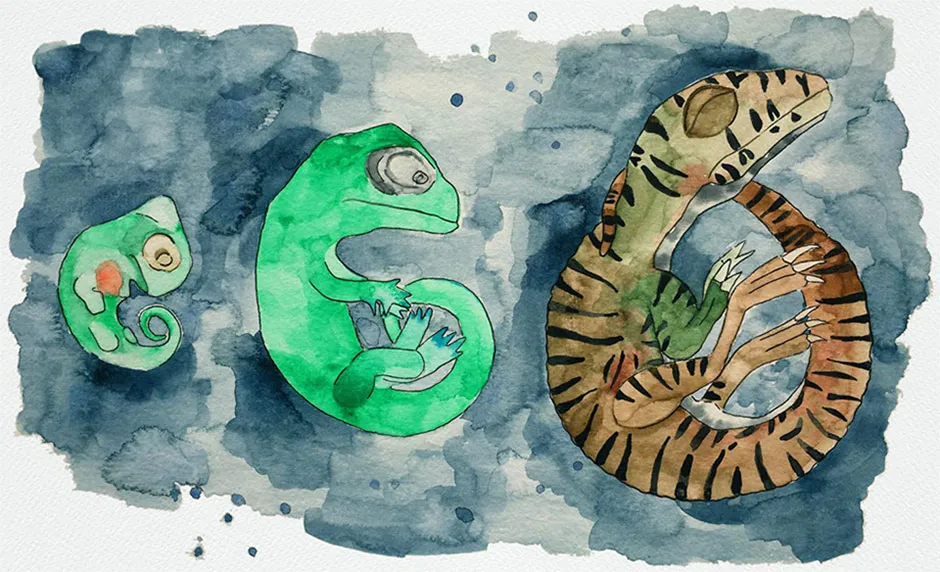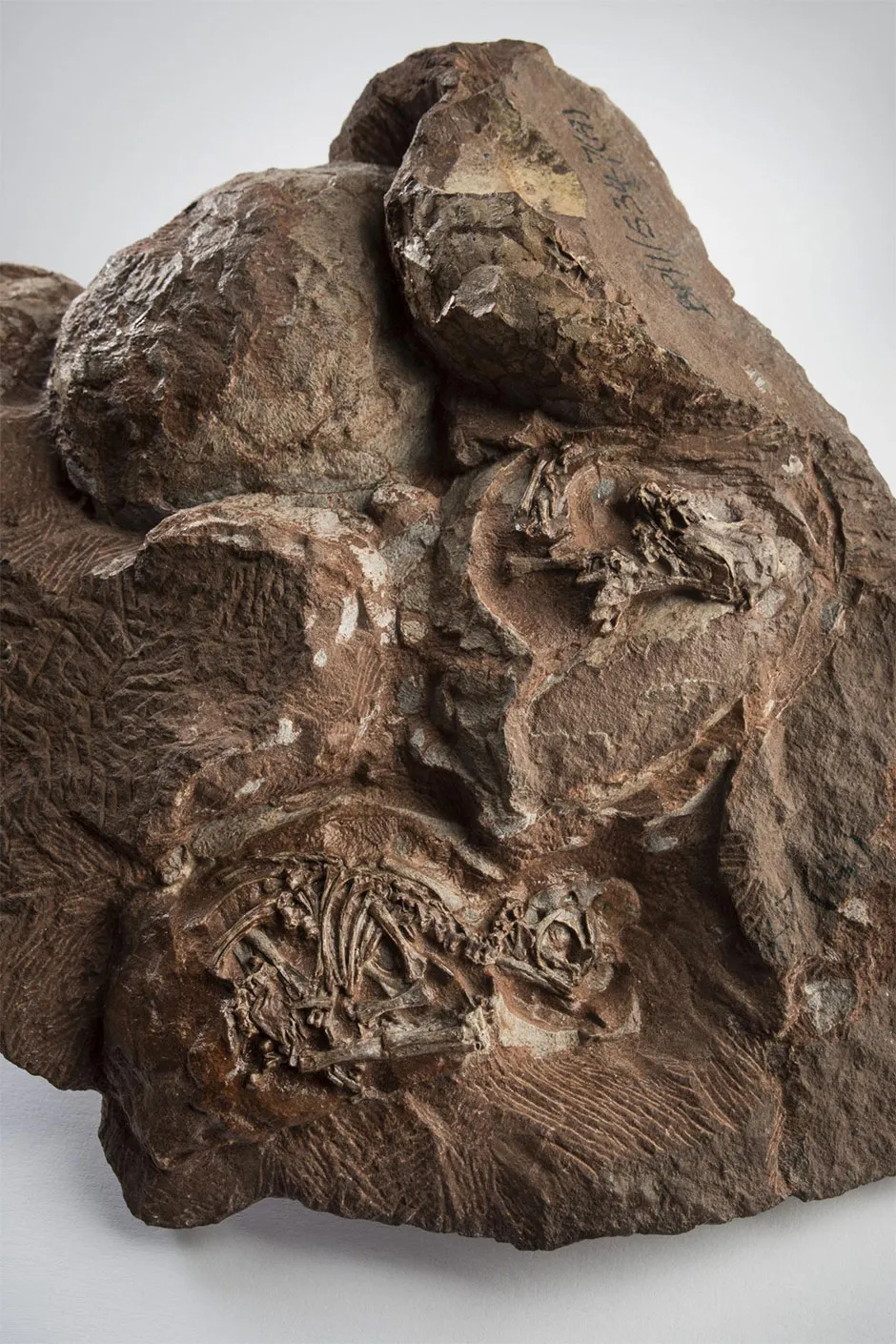An international team of scientists led by the University of the Witwatersrand in South Africa has built detailed 3D models of the skulls of some of the world's oldest known dinosaur embryos using the European Synchrotron Radiation Facility (ESRF) particle accelerator in Grenoble, France.
The embryos were first found in Golden Gate Highlands National Park, Free State Province, South Africa, in 1976 and belong to Massospondylus carinatus, a five-meter long herbivore that nested in the Free State region around 200 million years ago. Thanks to their small size and extremely fragile nature, the embryos are particularly difficult to study using conventional methods.
Read more about dinosaurs:
- New feathered raptor lived just before the asteroid strike
- Skull of hummingbird-sized dinosaur found preserved in amber
To overcome these problems lead author postdoc researcher Kimi Chapelle and Prof Jonah Choiniere, from the University of Witwatersrand took the embryos to the ESRF.
ESRF is a 844-metre long circular particle accelerator that can accelerate electrons to near to the speed of light to produce high-powered X-ray beams that can be used to non-destructively scan matter in minute detail.
The scans produced were so detailed that individual bone cells were visible. The dataset produced was so vast it took the team nearly three years to process, and turn into a finely detailed 3D model.
“No lab CT scanner in the world can generate these kinds of data,” said Vincent Fernandez, one of the co-authors and scientist at the Natural History Museum in London (UK).
“Only with a huge facility like the ESRF can we unlock the hidden potential of our most exciting fossils. This research is a great example of a global collaboration between Europe and the South African National Research Foundation.”

Upon studying the data, Chapelle noticed several similarities with the developing embryos of living dinosaur relatives - crocodiles, chickens, turtles, and lizards.
Each embryo had two types of teeth preserved in its developing jaws. The first was a set of very simple triangular teeth that the embryo would have shed or resorbed before hatching, just like geckos and crocodiles do today.
Read more about fossils:
- New analysis of Broken Hill skull raises human ancestry questions
- Fossilised skull reveals face of early human ancestor
The second set were very similar to those of adult Massospondylus carinatus, and would be the ones that the embryos hatched with. This indicates that dinosaurs developed in the egg just like their reptilian relatives, whose embryonic developmental pattern hasn't changed in 200 million years.
“It's incredible that in more than 250 million years of reptile evolution, the way the skull develops in the egg remains more or less the same,” said Prof Choiniere. “Goes to show - you don't mess with a good thing!”

What was the first dinosaur?
Asked by: Adam King, Huddersfield
As palaeontologists uncover more fossils around the world, we keep finding new dinosaurs from the Triassic Period: the first interval of dinosaur history.
Currently, the oldest known dinosaurs come from Argentina, and they’re about 231 million years old. There are several dinosaurs of this age found together, including the horse-sized meat-eater Herrerasaurus, the dog-sized meat-eater Eodromaeus (a distant relative of T. rex), and several dog-to-bear-sized cousins of the giant long-necked sauropods, including Panphagia and Eoraptor.
The fact that so many dinosaurs, with different diets and sizes, lived at this time tells us that dinosaurs were already diversifying soon after they evolved from other reptiles. But none of these dinosaurs were giants, and none were at the top of the food chain. Those species would come later, during the Jurassic Period.
Read more: